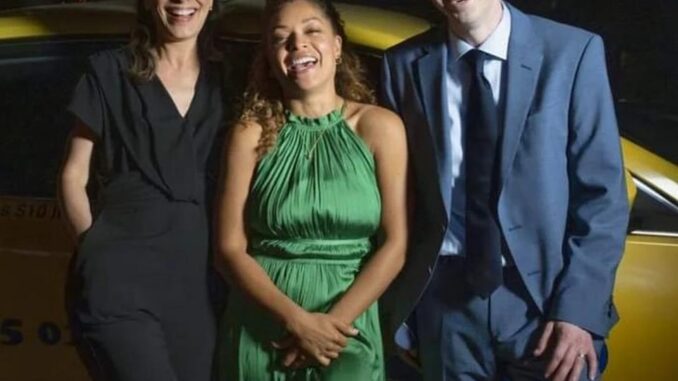
Dr. Shaun Murphy (Freddie Highmore) in *The Good Doctor* might seem like he embodies privilege: a well-educated white male. However, his autism significantly impacts his social interactions and communication, leading to suspicion, distrust, and a lack of respect from others. Despite his impressive credentials, his disability raises concerns among the board at St. Bonaventure Hospital, making them hesitant to hire him.
It was only through his mentor, Dr. Aaron Glassman (Richard Schiff), that Shaun got a fair chance. Glassman advocated for Shaun, emphasizing that his differences should be seen as assets rather than drawbacks. In the pilot episode, Glassman argues, “We should hire him because he is qualified and because he is different. How long ago was it that we wouldn’t hire black doctors at this hospital? How long ago was it that we wouldn’t hire female doctors at this hospital?”

He continues, “We hire Shaun and we give hope to those people with limitations that those limitations are not what they think they are, that they do have a shot. We hire Shaun and we make this hospital better for it. We hire Shaun and we are better people for it.”
Glassman’s comparison of Shaun, who has autism and savant syndrome, to historically marginalized groups highlights the discrimination he faces. Shaun’s journey of proving himself is relatable for anyone who has experienced prejudice, especially regarding their abilities. His performance is often scrutinized more closely, and he must work harder to earn opportunities and recognition.

As viewers, we share in the frustration when Shaun is assigned mundane tasks or when his diagnoses are questioned. It’s gratifying to see him succeed, innovate, and be vindicated. However, the show isn’t just about inspirational moments or proving others wrong. Instead, it portrays Shaun’s evolution from an outsider to a valued member of the team.
His position as a minority within the hospital requires him to adapt to the expectations of others. For instance, Dr. Claire Browne (Antonia Thomas) learns to communicate effectively with Shaun by adjusting her approach. Instead of asking direct questions, she provides information in a way that aligns with Shaun’s communication style. This highlights how miscommunication and misunderstandings can occur on both sides.
The series underscores the importance of inclusion and diversity. The recent episode, where a family must choose between amputating their son’s leg or using a 3-D printed bone, illustrates this. The doctors repeatedly refer to the 3-D printed bone as “fake,” and Shaun corrects them, noting that it is not fake but a functional replacement that could be stronger than the original. This choice of words reflects our biases and can influence decisions in ways that might not be immediately obvious.
*The Good Doctor* resonates with those who feel marginalized, outsiders, or misunderstood. It goes beyond just promoting tolerance to challenging and potentially changing perceptions. For all who identify as misfits or feel on the fringes, this message of change and acceptance is particularly meaningful.
